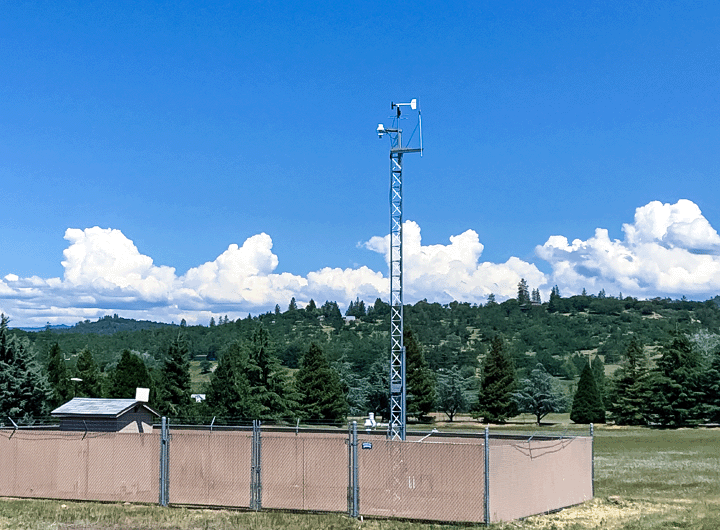Thought Leadership
Updated PSM and RMP Rules Are Coming Soon. Maybe.

PSM/RMP for the Uninitiated: The Occupational Safety and Health Administration (OSHA) and the Environmental Protection Agency (EPA) enforce similar requirements for facilities that have more than the threshold quantity of listed highly hazardous chemicals. OSHA established the requirements under the Process Safety Management (PSM) rule (29 CFR 1910.119), and EPA established the requirements under the Risk Management Program (RMP) rule (40 CFR 68).
This is the fourth blog post I’ve written about updated PSM and RMP rules. The first and second posts were published in 2016 and the third in 2018. I left off with an acknowledgment that while the future of regulations is uncertain, the value of preventing catastrophic accidents is unquestionable. Spoiler alert: this post will have a similar conclusion.
On August 18, 2022, EPA Administrator Michael S. Regan signed the Safer Communities by Chemical Accident Prevention rule, which proposes revisions to the RMP. The proposed changes were published in the Federal Register on August 31, 2022. EPA plans to publish the final rule in August 2023, with the expectation that most of the provisions will be enforceable by August 2026.
OSHA, for their part, have been working toward a proposed updated PSM rule, although the timing is unclear.
PSM and RMP Rule Updates via Executive Order
There are several reasons for the proposed changes, including Executive Order 13990, Protecting Public Health and the Environment and Restoring Science to Tackle the Climate Crisis, published on January 25, 2021. However, as my previous posts described, there have been several efforts to update the PSM and RMP rules since at least 2013 and the publication of Executive Order 13650, Improving Chemical Facility Safety and Security.
What Are the Proposed Changes to the RMP Rule?
As you can see in the EPA factsheets and other materials, the proposed changes relate to the prevention programs, emergency response, information availability, and more as detailed below.
Prevention Program
- Natural hazards and power loss: Adding amplifying regulatory text that the process hazard analysis must address natural hazards (including those resulting from climate change) and loss of power.
- Facility siting: Emphasizing facility siting considerations in the hazard review/process hazard analysis.
- Safer technologies and alternatives analysis: Requiring a safer technologies and alternatives analysis for petroleum refineries and chemical manufacturing processes (North American Industrial Classification System [NAICS] codes 324 and 325).
- Root cause analysis: Requiring a root cause analysis incident investigation when facilities have had an RMP-reportable accident.
- Third-party compliance audits: Requiring that the next scheduled compliance audit be conducted by a third party when the facility experiences: (1) two RMP-reportable accidents within five years, or (2) one RMP-reportable accident within five years at a facility with a Program 3 process classified under NAICS code 324 or 325 within 1 mile of another RMP-regulated facility that also has a process classified under one or both of these NAICS codes.
- Employee participation: Requiring employee participation in implementing recommendations from process hazard analyses, compliance audits, and incident investigations; outlining stop-work procedures in employee participation plans to include opportunities for employees to anonymously report RMP-reportable accidents or other related RMP noncompliance issues.
- Justification for not adopting recommendations: Requiring justification in the RMP for not adopting recommendations related to natural hazards, facility siting considerations, safer technologies and alternatives analysis, and third-party compliance audits.
Emergency Response
- Community Notification of RMP Accidents: (1) Requiring nonresponding facilities to develop procedures for informing the public about accidental releases. (2) Requiring that release notification data be provided to local responders. (3) Ensuring a community notification system is in place for notification of RMP-reportable accidents.
- Emergency Response Exercises: Requiring a ten-year frequency for field exercises unless local responders indicate that this frequency is infeasible.
Information Availability
- Enhanced information availability: New requirements for the facility to provide chemical hazard information to residents living within 6 miles of the facility upon request and in the language requested.
Other Minor Regulatory Edits to the RMP Rule
The EPA proposed several other measures to enhance safety and regulatory compliance. These include ensuring the process safety information remains current and relevant, aligning requirements with widely accepted engineering practices, extending the retention period for hot work permits to five years, providing a more precise definition of the term “storage incident to transportation” and the retail exemption, and mandating that the process hazard analysis incorporates a thorough examination of recognized and generally accepted good engineering practices. These proposed changes aim to strengthen safety protocols and improve the overall effectiveness of regulatory standards in various industries.
Won’t These Changes Be Challenged in Court? Will We Really Have to Do This Stuff?
The short answer is, “I don’t know.” I believe it’s fair to anticipate court challenges, and history has shown that different presidential administrations can significantly change the trajectory of these rules.
What should we do?
When faced with significant uncertainty, I think it’s helpful to focus on the things we know. For example, it’s good to prevent catastrophic accidents. Stay focused on risk reduction, and you will probably find yourself compliant with whatever finally gets published. Identify the things that make it difficult for you to reduce the risk of an accident and do what you can to remove those obstacles even in the absence of an apparent rule. Do you want to know a secret? If you identify an obvious problem that could lead to an accident, and you think the rules don’t require you to address that problem, I’d be willing to bet that you don’t understand the rules.
Having a deep understanding of the nuances of these rules can be very helpful. Attorneys and consultants wouldn’t have jobs if there were no need for their expertise. However, you can minimize the need to pay people like me if you put on your practical hat and create a plan designed to serve your organization and prevent accidents instead of trying to serve regulators and simply avoid citations.



